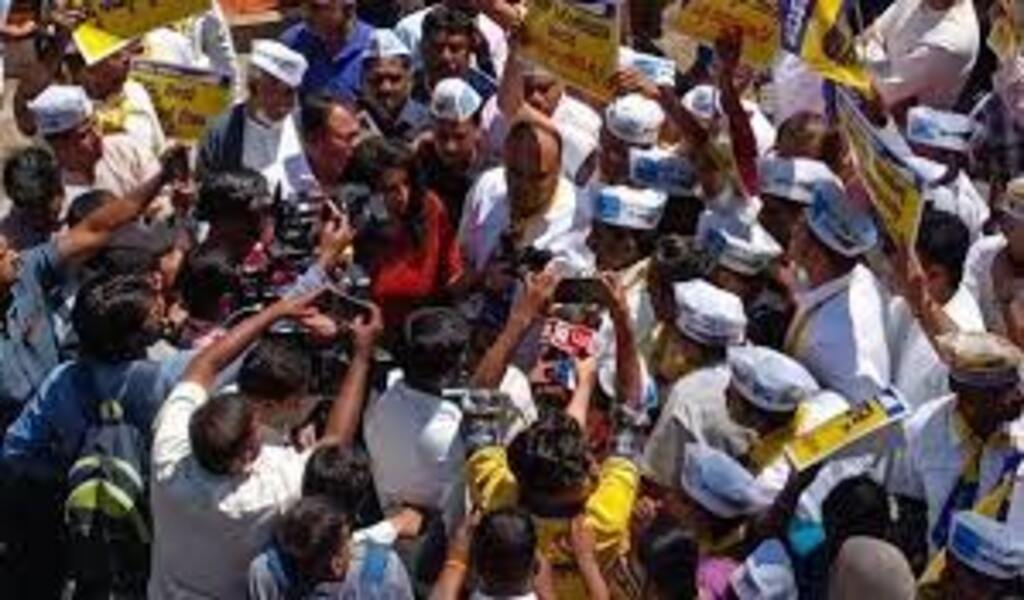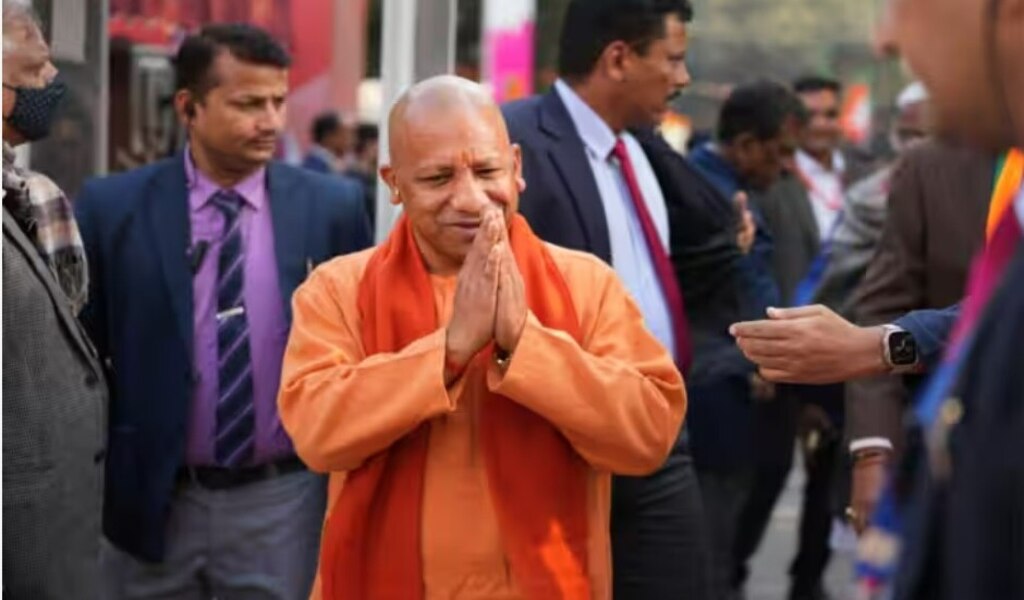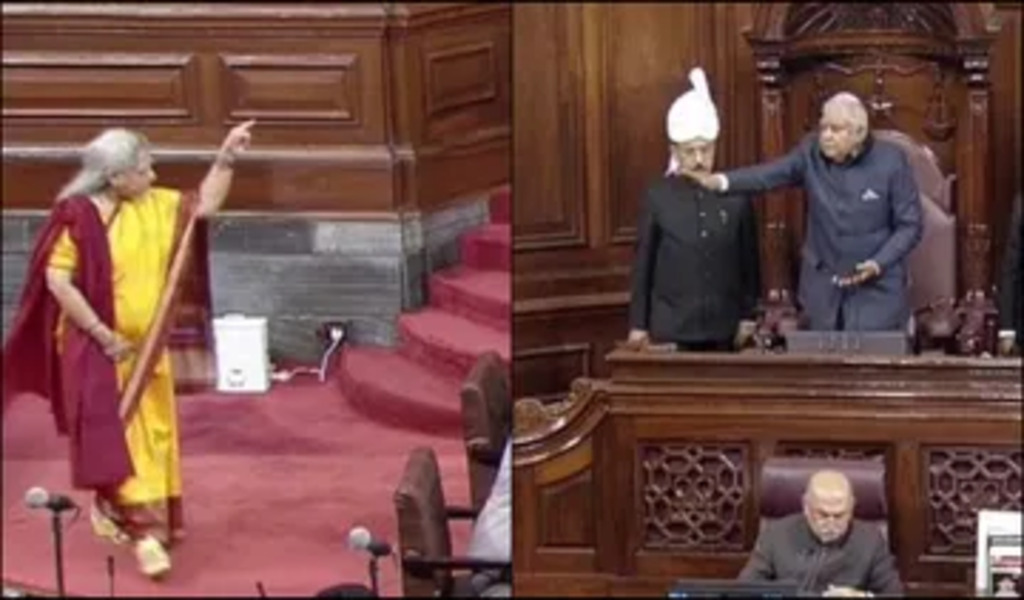Kashmiri Pandits: Justice delayed and denied
19th January marks the day of the exodus of the Hindu Pandits from the Kashmir valley. A nasty event of history which has been forgotton with time and ignited on several occasions to serve the nefarious political objectives. Social media users took to their platforms to remind the netizens about the 31st year of the incident which eventually has made the valley a mere bone of contention between the two regional powers of South East Asia:
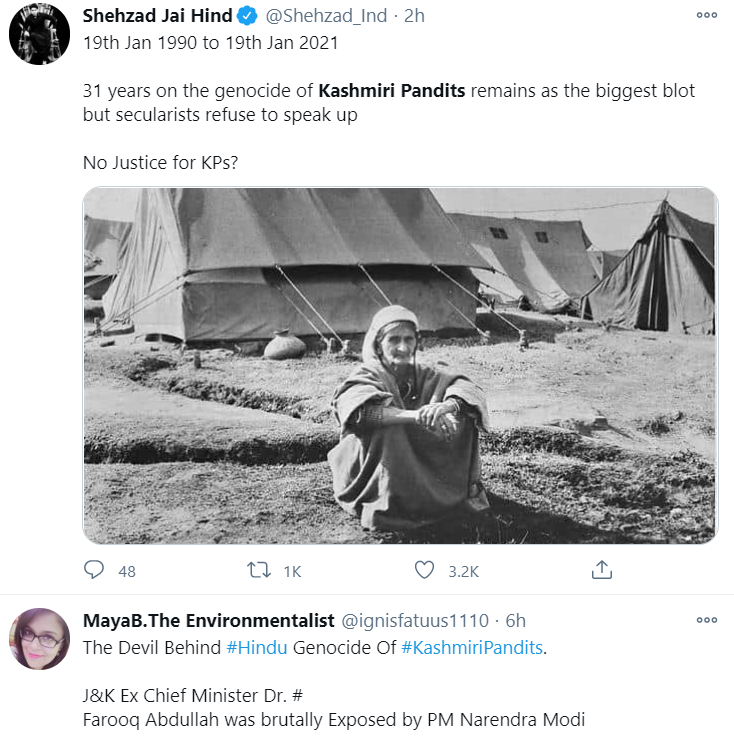
Background:
Following the unrest in the Kashmir valley, by July 1988, the Jammu Kashmir Liberation Front (JKLF) initiated a separatist insurgency for the independence of Kashmir from India. The group targeted a Kashmiri Hindu for the first time on 14 September 1989, killing Tika Lal Taploo, an advocate and a prominent leader of Bharatiya Janata Party in Jammu & Kashmir in front of several eyewitnesses. This helped in istilling fear in the Hindus especially since Taploo's killers were never caught which also strengthened the morale of the terrorists. The Hindus felt that they were not safe in the valley and could be targeted any time. The killings of Kashmiri Hindus continued and included many well known faces.

Soon after Taploo was killed, Nilkanth Ganjoo, a judge of Srinagar High court who had sentenced Maqbul Bhat to death, was shot dead by the separatists.
Soon after, on December 1989, members of JKLF kidnapped Dr. Rubaiya Sayeed, daughter of the-then Union Minister Mufti Mohammad Sayeed demanding release of five militants, which was accepted by the authorities.
On 4 January 1990, Srinagar-based newspaper "Aftab" released a message, threatening all Hindus to leave Kashmir immediately, attributing it to the militant organization Hizbul Mujahideen. On 14 April 1990, another Srinagar based newspaper named Al-safa republished the same warning.
According to credible reports, "Unknown masked men with Kalashnikovs began to force people to reset their time to Pakistan Standard Time. Offices buildings, shops, and establishments were colored in green as a sign of Islamist rule. Shops, factories, temples and homes of Kashmiri Hindus were burned or destroyed. Threatening posters were posted on doors of Hindus asking them to leave Kashmir immediately. During the middle of the night of 18 and 19 January, a blackout took place in the Kashmir Valley where electricity was cut except in mosques which broadcasted divisive and inflammatory messages, asking for a purge of Kashmiri Hindus,".
The infamous Gawkadal massacre further aggrevated the issue and was followed by the Rawalpora shooting incident. On 29 April 1990, Sarwanand Kaul Premi, a veteran Kashmiri poet was murdered. On 2 February 1990, Satish Tikoo, a young Hindu social-worker was murdered near his own house in Habba Kadal, Srinagar. On 13 February 1990, Lassa Kaul, Station Director of Srinagar Doordarshan, was shot dead. Many Hindu women were killed, tortured and raped during the exodus.
According to the government of Jammu and Kashmir 219 Kashmiri Hindus were killed and 24,202 families migrated out of the valley, although unofficial figures put the numbers much higher. It is also estimated that over 10,000 Kashmiri Hindus were forcefully converted to Islam.

Rehabilitation:
⦁ As of 2016, a total of 1,800 Kashmiri Hindu youths have returned to the Valley since the announcing of Rs. 1,168-crore package in 2008 by the UPA government
⦁ During the 2016 Kashmir unrest, transit camps housing Kashmir Hindus in were attacked by mobs. About 200-300 Kashmiri Hindu employees fled the transit camps in Kashmir during night time on 12 July due to the attacks by protesters and later demanded that all Kashmiri Hindus employees in Kashmir valley be evacuated immediately. Over 1300 government employees belonging to the community fled as a result.
However, the situation is far from normal, following the death of a Kashmiri-Hindu Sarpanch Ajay Pandita Bharti in June 2020, former Jammu and Kashmir police chief, Shesh Paul Vaid that Hindus and minority Muslims could be armed, which in turn could later turn into another series of skirmishes.
Will they ever be able to return?
The escaping pandits never thought that they would never be able return to the valley. But as the situation in Kashmir spiralled into a full blown militancy, "a return home" notion began to look impossible. Many of them have settled in different parts of the country like Delhi, Mumbai and Pune. Even the few who have chosen to remain, live in tarmented houses or ghetto like settlements protected by security. Threatening statements by the terror groups and even few political leaders have made the return seem non-viable. The captured settlements were either burned or sold off. For the Pandits, there is home is nowhere close to what it used to be.
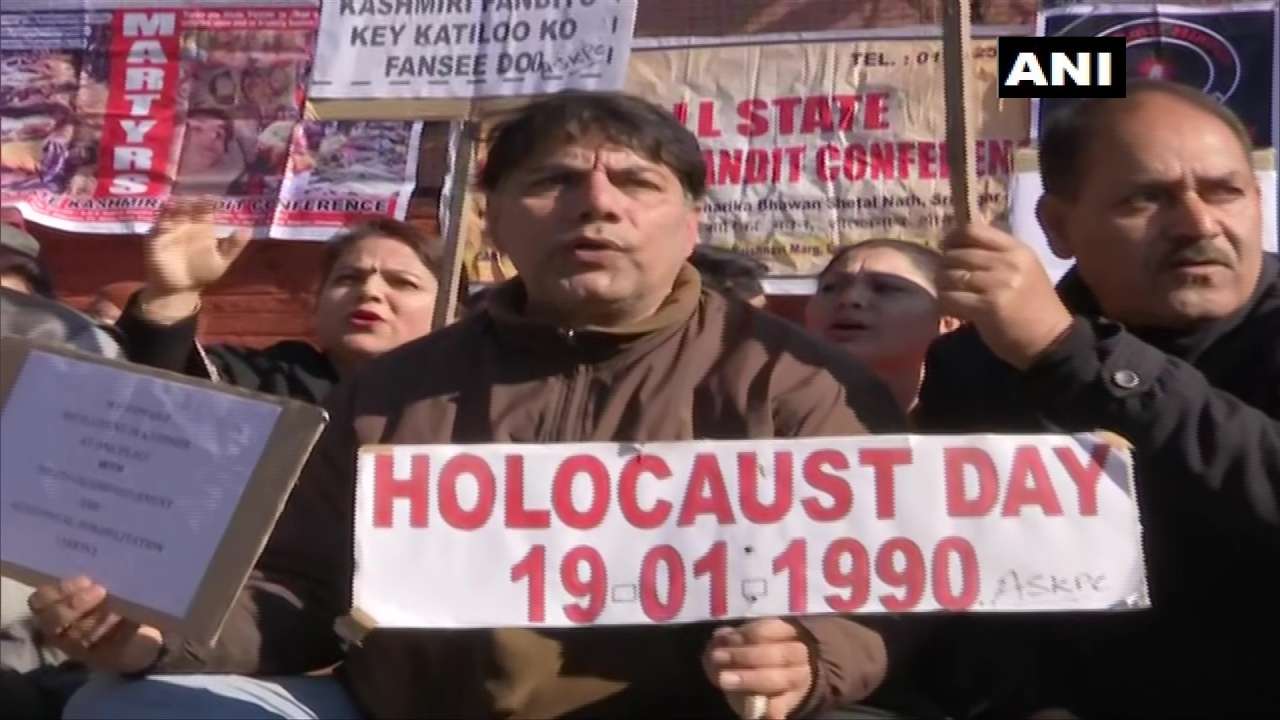
However, the revocation of Article 370 provides some expectations for the pandits and with trends like #HumWapasJayenge on the social media, hope does exists, although it is fragmented. Justice has been long denied for the Kashmiri pandits but an immediate solution to their woes still seems far away.
To keep yourselves updated with the latest trends, visit Checkbrand.
CATEGORIES
- Digital Marketing
- Marketing
- Entertainment
- Medical
- Science and Technology
- Politics
- Sports
- Environment
- Campaign
- Interview
- Viral
- What's Trending
- Trending News
- Viral Videos
- Youtube Trends
- Social Media Ranking
- Twitter Trends
- Google Trends
- Top Politicians
- Top Cricketers
- Top Influencers
- Best Campaigns
- Google News
- News
-
 Oct 11, 2020
Oct 11, 2020SEO Content Writing Vs. SEO Copywriting:...
-
 Dec 15, 2020
Dec 15, 2020#Karnatakaiphoneplantagitation: Workers...
-
 Dec 15, 2020
Dec 15, 2020#OLA Invests ₹2400 Crores For Our Futur...
-
 Dec 15, 2020
Dec 15, 2020#Snapchat Launches Astrology Profile
-
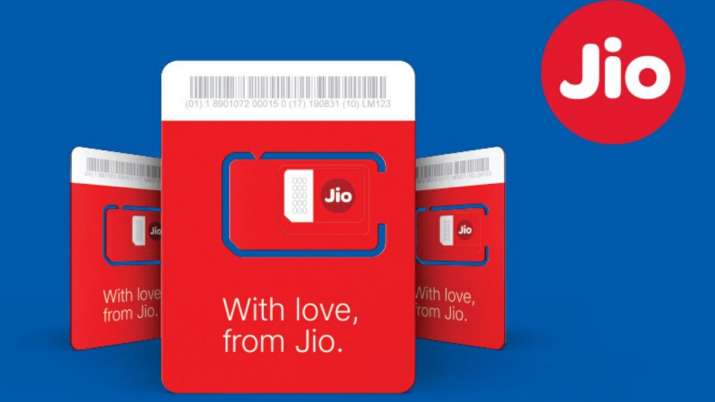 Dec 15, 2020
Dec 15, 2020Know Why #BOYCOTTJIOSIM Is Trending On S...
-
 Aug 01, 2023
Aug 01, 2023India's Chandrayaan-3 On Track For Lunar...
-
 May 17, 2023
May 17, 2023Zara Hatke Zara Bachke Trailer Review(Ra...
-
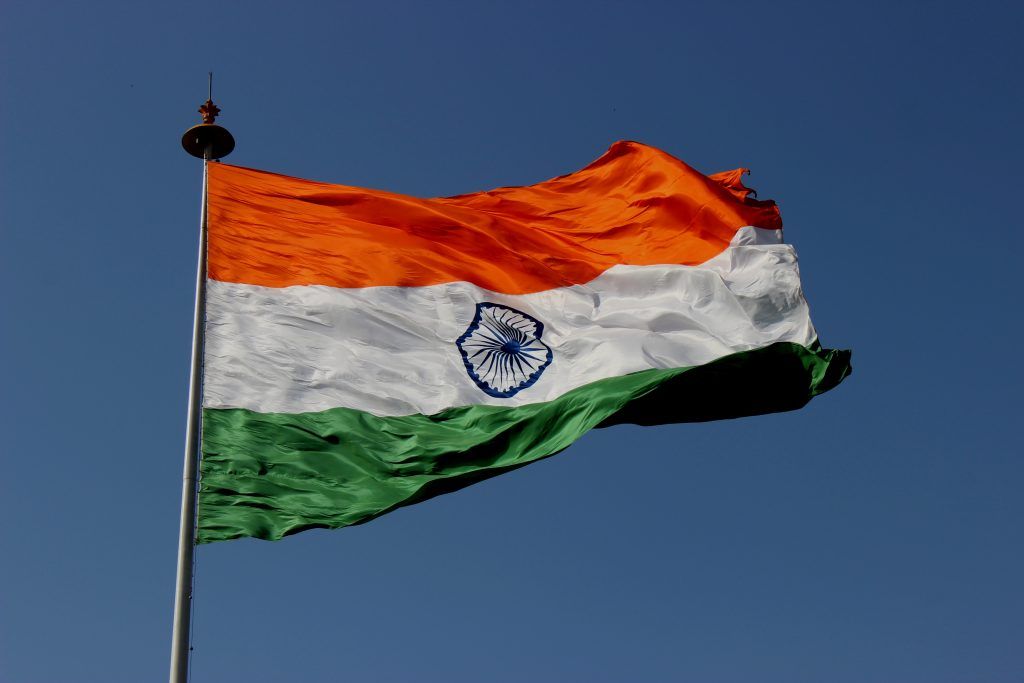 Aug 04, 2022
Aug 04, 2022'Har Ghar Tiranga' Campaign Created Stor...
-
 Dec 16, 2020
Dec 16, 2020#Skillhaitohfuturehai: Mahindra's Flagsh...
-
 Dec 15, 2020
Dec 15, 2020#OLA Invests ₹2400 Crores For Our Futur...
HIGHLIGHTS
- Realme Pad Specifications Teased, Will C...
- MARKETS: Sensex Down 300 Pts, At Days Lo...
- Afghanistan Crisis Live Updates: NIA Chi...
- Women Will Be Admitted To NDA, "Historic...
- Taliban's New Education Minister Says Ph...
- India's T20 World Cup Selection Question...
- New JioFiber Quarterly Broadband Plans I...
- Explained: How Your Cat Got Its Stripes...
- Who Is Aesha Mukherji? All You Need To K...
- Long Live Test Cricket While We've Virat...








